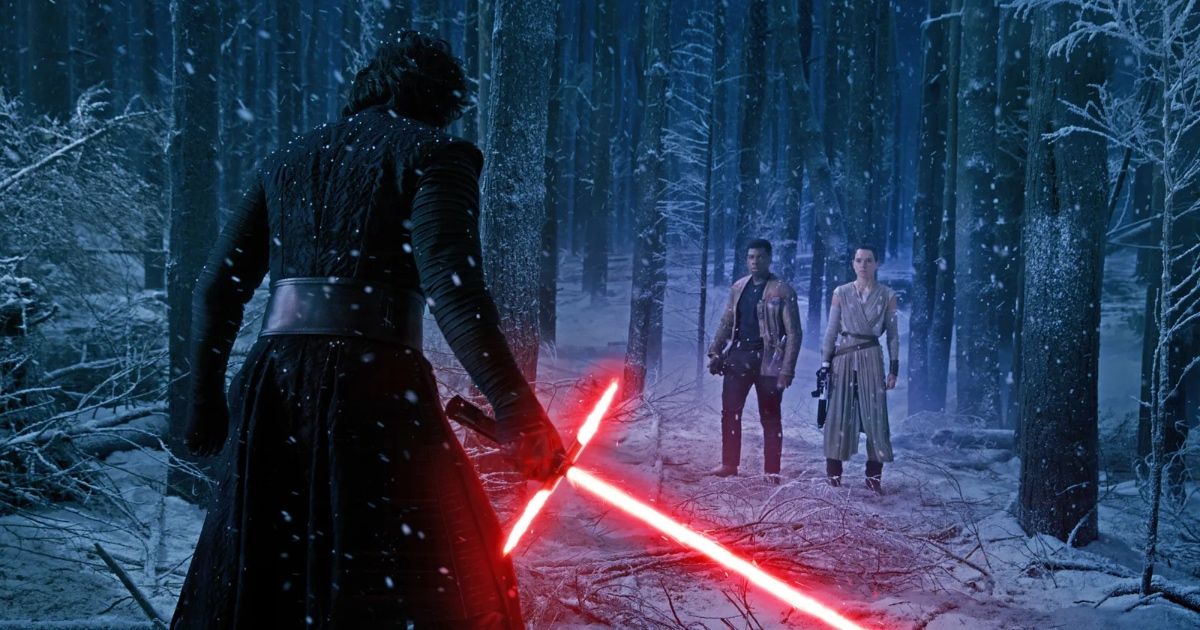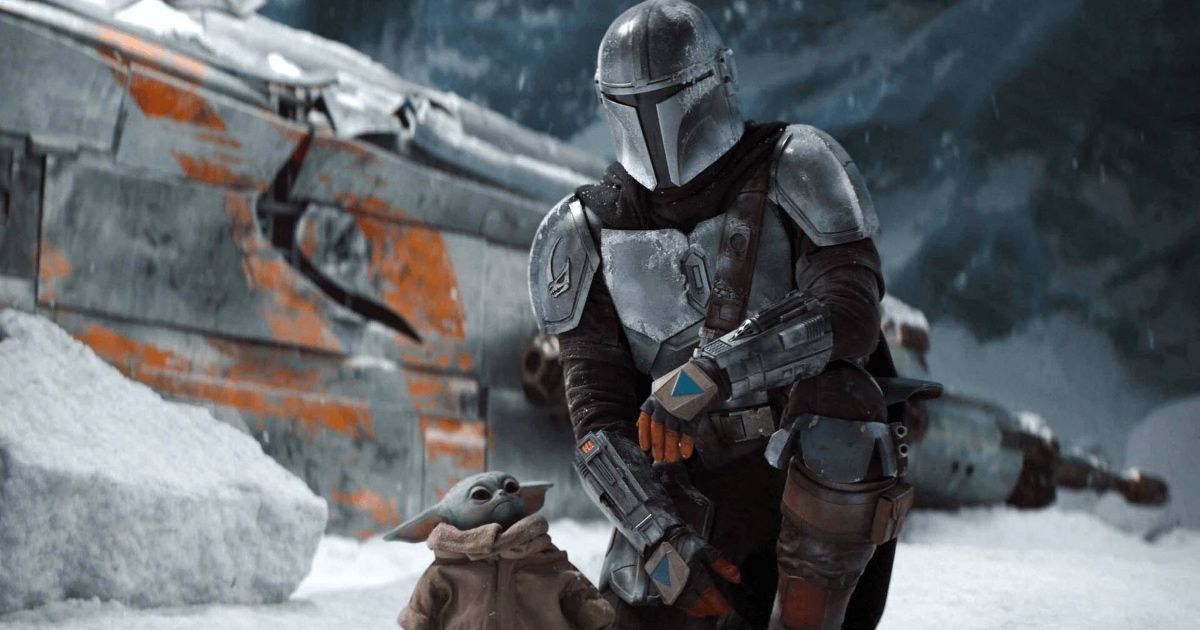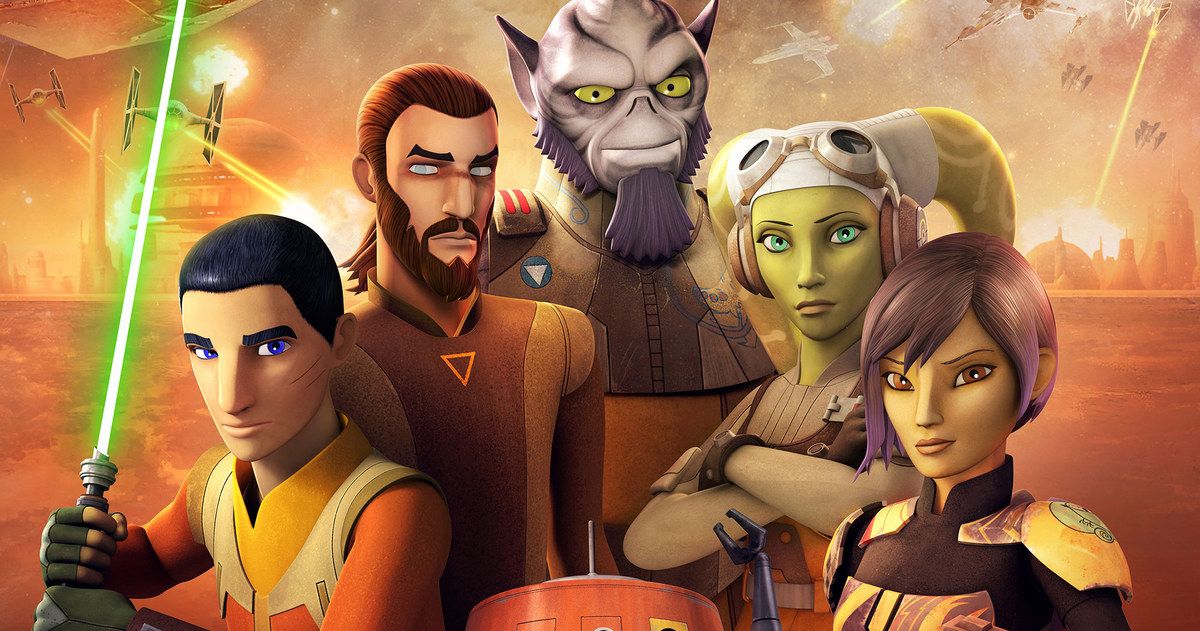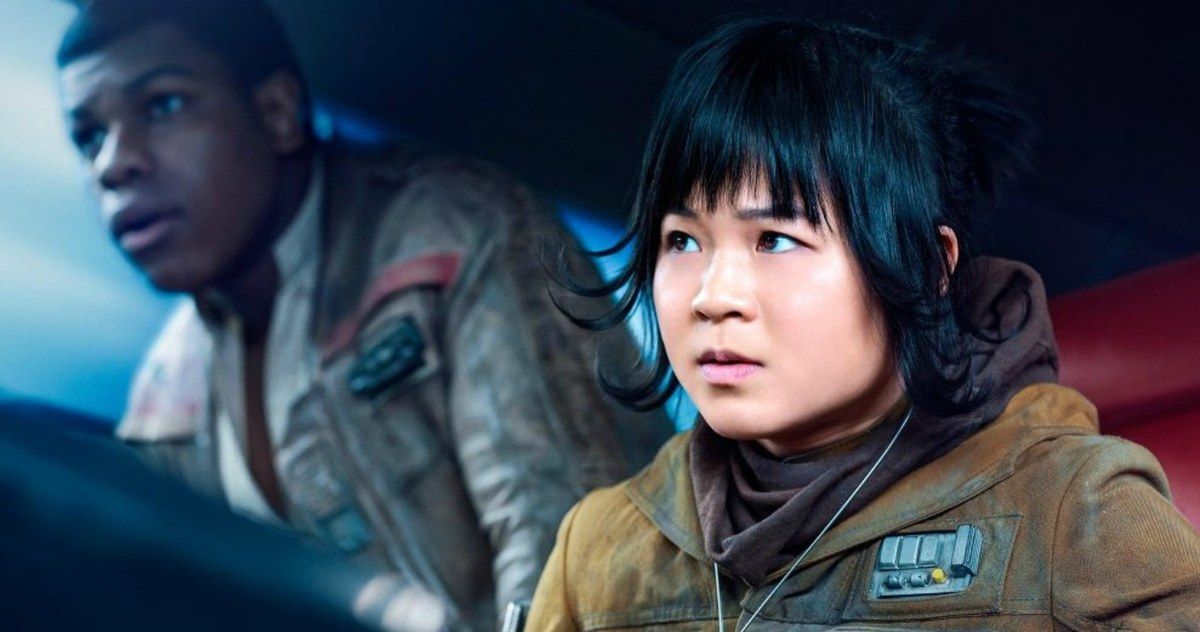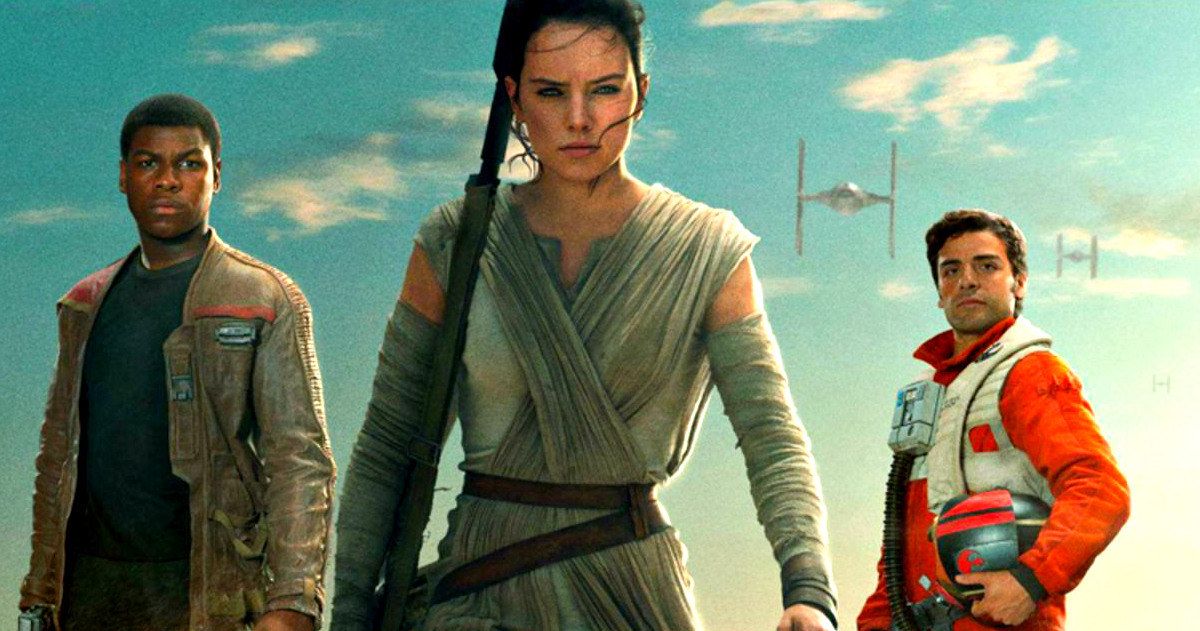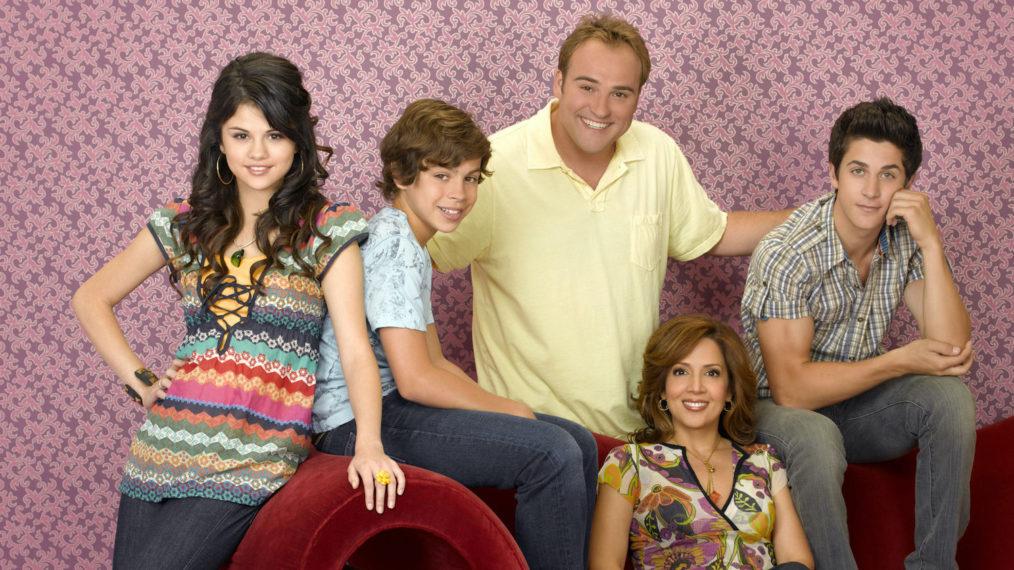#5 Ways Disney Changed the Franchise Forever
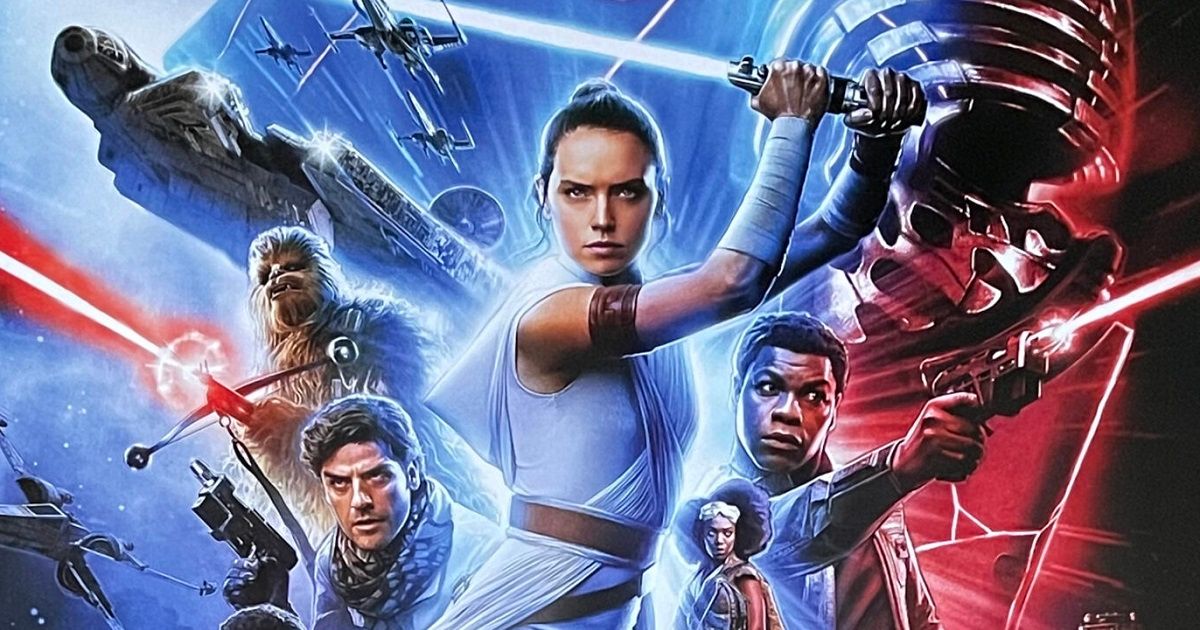
Table of Contents
“5 Ways Disney Changed the Franchise Forever”
Disney’s handling of the Star Wars property has been a controversial one to say the least, although this is nothing new to Star Wars, as audience members took many issues with series creator George Lucas for the Star Wars prequels. From branding the original Extended Universe as non-canon to pushing Star Wars from being a rare blockbuster franchise that took years off between films to an ever-present part of people’s lives, the Star Wars franchise in the past decade at Disney has seen a number of vast changes.
Many changes have received negative attention, but that also doesn’t mean the same changes have not also been positively received by others. The property is so large that it is impossible to please everyone. Yet one thing is for certain, Disney has fundamentally changed Star Wars in a number of ways, from how the property is released to the types of stories and characters it tells. These are the five biggest ways Star Wars has changed under Disney.
Star Wars Became A Holiday Tradition
Prior to Disney, Star Wars was exclusively a summer property, specifically one tied to Memorial Day, as all three films in the original trilogy all released on the weekend and the prequel trilogy the week before. Even the CGI animated theatrical released Star Wars: The Clone Wars was released in August. This was the plan originally when Disney acquired Lucasfilm, but delays on The Force Awakens led the property to be delayed until December (a clever twist of history as Star Wars was originally set for Christmas 1976 but was delayed to summer 1977).
Then, when Star Wars: The Force Awakens opened to $247 million with the biggest opening weekend at the time, and went on to gross almost $1 billion domestically, Disney realized the advantage of the property being released during the holiday. Rogue One, The Last Jedi, and The Rise of Skywalker all were released in December and grossed over $1 billion worldwide. This even extended with their streaming series, as The Mandalorian seasons one and two were airing during November and concluded in December. When Disney tried to position Star Wars back on Memorial Day weekend with Solo, the film was the first bomb.
While this is mainly on the business side of things as opposed to a story change to the franchise, it is an important one. The decision to release Star Wars in December now links the property in the minds of viewers with the holiday season. As the holidays typically mean people are traveling and visiting their families, Star Wars is a franchise that is so beloved by multiple generations it makes it an easy pick for families to see together. It then makes the act of seeing or watching Star Wars part of holiday traditions, something families can look forward to every year. Before, Star Wars and the holidays brought visions of the much-maligned Star Wars: Holiday Special, but now it is associated with big dollar signs for Disney and precious memories for audiences.
Star Wars’ Expansion Into Television
While George Lucas had dipped his toe into Star Wars television, with the Ewoks and Droids animated series in the 1980s and, before he sold Lucasfilm in 2012, with Star Wars: The Clone Wars, it was the Disney era where Star Wars truly entered the Golden Age of Television. Disney’s first foray was Star Wars: Rebels in 2014, helping lay the groundwork for the upcoming sequel trilogy, which moved away from the aesthetics of the prequels and back to the original trilogy’s iconography. Then in 2019, the franchise took its big swing with the first full live-action Star Wars series with The Mandalorian, which was the launch series for Disney+.
The series proved to be a massive hit and brought the big-scale Star Wars spectacle to audiences once a week in the comfort of their homes. Since then, Disney+ has released the final season of Star Wars: The Clone Wars and a spin-off series, Star Wars: The Bad Batch, and they created an anime anthology series with Star Wars: Vision. The Mandalorian has launched its own mini-franchise with The Book of Boba Fett and the upcoming series Ahsoka and The Skeleton Crew, with Jude Law.
Obi-Wan Kenobi, which was originally conceived as a film before turning into a streaming series, became the biggest Disney+ series premiere yet. Also coming is the Rogue One spin-off Andor, the first pre-school-centric Star Wars series Young Jedi Adventures, Lando, based on the fan-favorite character Lando Calrissian, and many more. For an entire generation, Star Wars was something that could only be experienced on the big screen, but now it is a massive multimedia story that fittingly feels right at home in the world of television due to the serial nature that inspired the franchise.
Growing The Story Beyond The Skywalkers
Many of the Star Wars projects under Disney have been accused of relying too much on the Skywalkers, having everything tie back into the family including a digitally de-aged Mark Hamill in The Mandalorian and The Book of Boba Fett. Disney dubbed the main Star Wars franchise The Skywalker Saga and ended the series with Rey adopting the surname.
However, despite all that, Disney has also expanded the franchise beyond just the Skywalkers. While stories like Solo, Obi-Wan Kenobi, and The Book of Boba Fett have focused on characters closely associated with the original trilogy and have connections to the Skywalkers, these side characters have also been given stories of their own to delve deeper into them, showcasing their stories and lives outside their roles in the original trilogy.
The Bad Batch, Rebels, and Rogue One all feature an entirely new cast of characters that expand the scope of the Rebel Alliance, giving insight into the various different factions that helped shape the Galactic Civil War. These various heroes come from different corners of the galaxy, showing that Luke’s story was one small piece of a larger narrative.
Video games like Star Wars: Battlefront 2 give audiences a peek at the story directly following Return of the Jedi from a former Imperial’s point of view, while Star Wars: Jedi Fallen Order tells the story of the time period when Jedi were in hiding during the reign of the Empire. The new publishing initiative The High Republic takes readers to a time long before the Skywalker name. While Disney certainly acknowledges the power of the Skywalker name and knows it is nostalgic, the franchise is still trying to move forward and flesh out the universe.
Diversifying A Galaxy Far Far Away
One of the most noted and hotly debated elements of the recent Star Wars entries by Disney is a greater amount of diversity in the cast. The original six movies prominently featured white leads, with one or two people of color in supporting roles and strictly one woman in the main cast. Starting with The Force Awakens, the cast started to diversify as leads were cast by women and people of color. While the number of Star Wars projects with white male leads still is the majority, the fact that even just one project featured a woman in the lead role in a franchise that previously had none was noticeable to some.
This has been a controversial decision to some, and has led to a loud minority of fans to make targeted harassment campaigns against many of the new stars, leading to people like Daisy Ridley deleting their social media accounts to avoid the onslaught of insults. Most recently, this has been seen with the reaction to Moses Ingram in Obi-Wan Kenobi, to the extent that both Lucasfilm and Ewan McGregor had to make official posts denouncing the racist attacks. While some fans claim their antagonistic anger toward certain cast members is a result of poor writing and acting and not racism, it’s certainly the case that the cast members who have been victim to these insults have been women and people of color. Toxic fans aside, this push for diversity has been for the best.
If Star Wars is to continue as a 21st-century franchise, it needs to reflect the world it exists in and allow audiences from various races, ethnicities, and sexual orientations to see themselves reflected on screen. This leads to more audience members having entry points into the franchise, and increases the number of fans, which is both good for the franchise and, from a business standpoint, leads to more dollars. Franchises that can reach wider demographics typically perform better at the box office and have a long-term cultural impact. While there is still a lot of work to be done, both in front of and behind the camera, it is a positive step in the right direction.
Exciting New Star Wars Characters
The characters from the original Star Wars are some of the most famous in all cinema: Luke Skywalker, Princess Leia, Han Solo, Chewbacca, R2D2, C3PO, Darth Vader, Obi-Wan Kenobi, Yoda, Lando Calrissian, and Boba Fett, just to name a few, are names most people recognize. The franchise was so fascinating to audience members that they began to latch onto small background characters. The prequel trilogy introduced younger versions of many of those characters along with new ones like Padmé Amidala, Qui-Gon Jinn, Mace Windu, Darth Maul, Count Dooku, and General Grievous among others.
Despite all these fan-favorite characters, many of whom Disney has brought back in a number of projects, the latest entries in the franchise have also heavily invested in introducing new Star Wars characters that have become favorites in their own right. Rey, Finn, Poe, BB-8, and Kylo Ren captured audiences’ imaginations instantly following The Force Awakens. Cassian Andor was such a popular character in Rogue One: A Star Wars Story that he is the first character created after the Lucasfilm sale to lead his own spin-off series. The crew of the Ghost in Star Wars: Rebels have become such fan favorites that many are waiting for them to make their live-action debut in the upcoming Ahsoka series. It is hard to now think of Star Wars without thinking of The Mandalorian and Grogu, who is still colloquially known as Baby Yoda.
For younger audiences, these characters are not new Star Wars characters but just a part of Star Wars. Disney’s attempts to make Star Wars a franchise that will go on forever are built on the audiences’ connection to these characters, and one need only look at the large number of kids dressing up as Rey for Halloween or Baby Yoda merchandise sold to see these characters have become truly a part of the tapestry that is Star Wars.
If you liked the article, do not forget to share it with your friends. Follow us on Google News too, click on the star and choose us from your favorites.
For forums sites go to Forum.BuradaBiliyorum.Com
If you want to read more Like this articles, you can visit our Social Media category.
